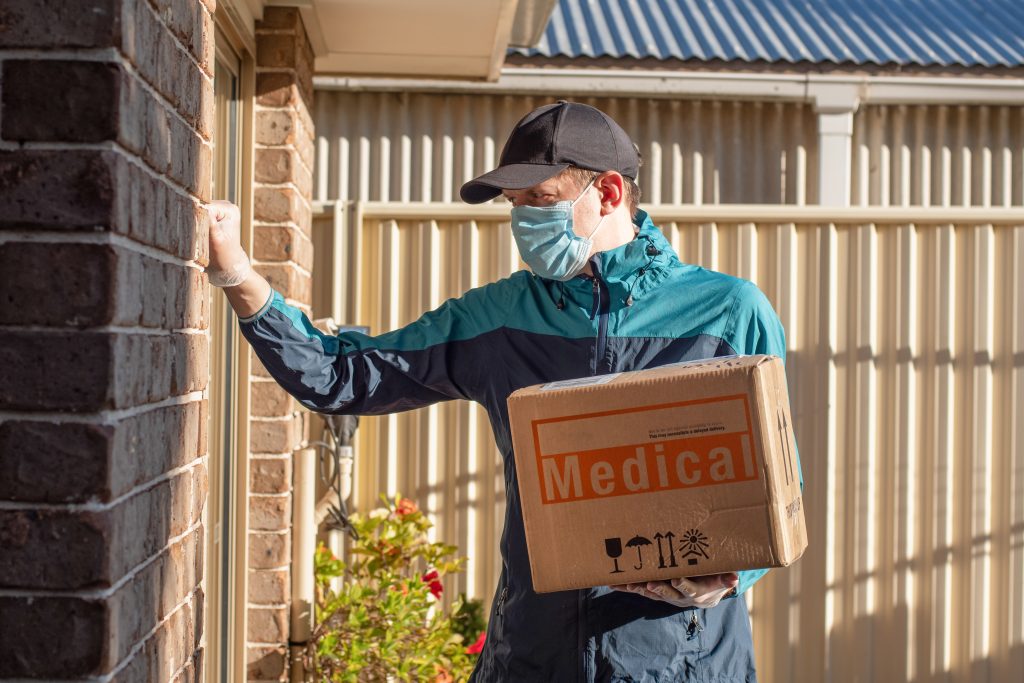Vaccines are delicate. They’re life-saving, but only if they’re handled perfectly. Behind every successful immunisation campaign is a cold chain system designed to keep vaccines at just the right temperature. At the heart of that system? Gel packs.
But why are gel packs so essential? How do they ensure vaccines remain effective during their journey? And why do they continue to dominate vaccine transport, even as technology evolves? To answer these questions, we need to look at the challenges of vaccine logistics and the role gel packs play in solving them.

Vaccines are one of the most temperature-sensitive products in the pharmaceutical industry. They often rely on biological components like proteins or genetic material that are easily damaged by heat or freezing. A temperature excursion – a shift above or below the safe range- can render a vaccine unusable.
Consider the range of temperatures vaccines require:
Now add real-world conditions:
Each step in the supply chain increases the risk of temperature deviations. That’s where gel packs step in, acting as the frontline defence against these challenges.
Gel packs are much more than blocks of ice. They’re precision-engineered tools designed to hold temperatures steady, often for days. Their success lies in their simplicity and adaptability.
The versatility of gel packs makes them irreplaceable in vaccine logistics. They’re effective whether used in insulated boxes, passive cooling systems, or as part of active transport solutions.
What happens when vaccine storage fails? The consequences go beyond wasted products:
Cold chain failures are alarmingly common. The WHO estimates that nearly 50% of vaccines are wasted annually due to improper temperature management. This makes investing in reliable gel packs a critical decision for pharmaceutical companies and logistics providers alike.
While technology offers multiple options for maintaining cold chain integrity, gel packs remain a trusted solution.
Here’s why:
For most vaccine shipments, gel packs strike the ideal balance between performance, cost, and reliability.
It’s easy to overlook gel packs because they’re not flashy. They don’t beep like temperature monitors or come with advanced digital tracking systems. But they work.
Imagine a rural health clinic receiving a shipment of vaccines after a three-day journey across borders, deserts, and humid climates. The healthcare workers open the box and check the temperature monitors, and everything’s perfect.
By holding steady when conditions outside the box are anything but, gel packs ensure the integrity of each dose.
The pharmaceutical industry is under increasing pressure to adopt sustainable practices. Gel packs are evolving to meet this challenge.
Sustainability and performance no longer have to be at odds. Forward-thinking suppliers are designing gel packs that meet both needs.
While gel packs are essential, they’re just one piece of the puzzle. A successful vaccine transport system combines multiple elements:
When these components work together, gel packs serve as the foundation for maintaining stability.
For those responsible for sourcing cold chain solutions, gel packs might seem like a small detail. But in vaccine transport, small details make all the difference.
Investing in high-quality gel packs isn’t just about minimising risk – it’s about ensuring the integrity of the entire supply chain. Every shipment that arrives in perfect condition strengthens trust in your operations and protects the lives of the people depending on you.
Evaluate your suppliers carefully. Ask for performance data. Look for options that align with your sustainability goals. The right gel packs are an investment in reliability, safety, and success.
Vaccines don’t just save lives – they prevent crises, protect communities, and bring hope. But they can’t do any of that if they aren’t delivered safely.
Gel packs are the steady hand behind the scenes, ensuring vaccines remain potent and effective from the lab to the patient. In a world where every dose matters, their role is more critical than ever.
Pharmaceutical professionals face growing challenges in cold chain logistics, but with the right tools, those challenges are manageable. Gel packs are one of those tools – a quiet, consistent solution that keeps the cold chain strong and vaccines ready to protect.
Don’t just protect your products. Protect the trust, care, and outcomes they deliver. Choose gel packs built for the task.
Contact us to find out more.
To find out more call our expert team on 0115 931 6969 or contact us for more details.